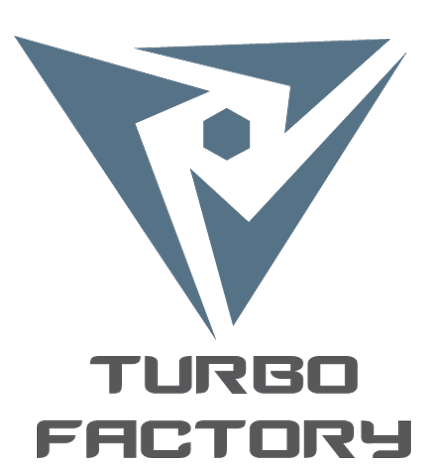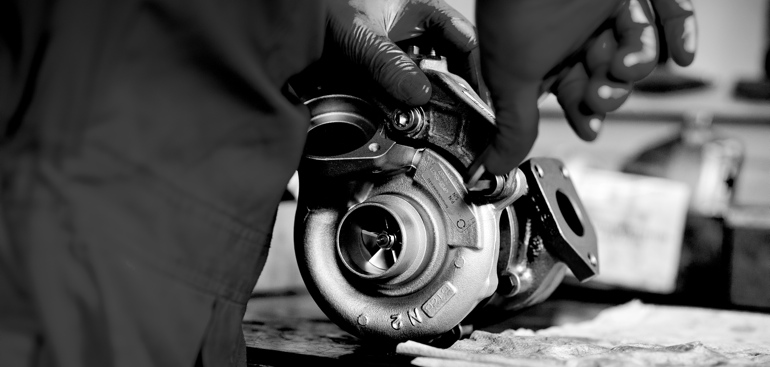TURBOCHARGER INSTALLATION INSTRUCTIONS
Turbo Factory Ireland ensures that the turbocharger failures are not repeated and providing professionally restored turbochargers.
It is necessary to thoroughly fulfill the following requirements and recommendations. An incorrectly installed turbocharger into an engine can lead to damage with a full warranty. Repeated damage caused by failure to comply with these requirements wastes the car owner’s, service and all parties involved time and becomes a process of dissatisfaction.
GENERAL REQUIREMENTS :
- Inspect the turbocharger inlet and exhaust systems
- Make sure not to leave any foreign elements and seals residues
- Estimate that at high speed, the turbocharger traps minute detail can seriously damage the rotors
- Make sure that all protective caps and plugs are removed from the turbocharger
- Installing a turbocharger onto the engine, make sure that dirt or any foreign object does not entre the turbocharger
When installing a new or rebuilt turbocharger jnto the engine, the engine oil and oil filter must be changed. We recommend that you check the air filter and, if necessary, replace it. Lubricants can be used with turbocharged engines.
Air sealing system and the exhaust system are connected to the turbocharger, use new and tested gaskets. SEALING THE CONNECTED MIXTURES OR (Sealants) OIL SEALING SYSTEM CHANNEL IS STRICTLY PROHIBITED. Check the engine oil piping line and draining (connection) tubes for any damage, deformation, constriction of the cross-section or any other suspicious signs. If in doubt, replace these parts. In some cases it is necessary to replace the tubes.
Mount the turbocharger on the engine . Do not seal the hole turbocharger inlet and outlet flanges. All turbocharger mounting bolts (nuts) must stop the engine at the time specified in the technical documentation .
Before connecting the lubricating oil feed tube , fill the turbocharger oil supply channel hole with clean engine oil and for some time turn the fan to allow the oil to enter the bearing.
Before connecting the oil drain pipe (hose), turn the engine until there is a steady flow of oil from the turbocharger drainage channel . This avoids the dry friction of the turbo engine start up.
Before starting the engine, it is necessary to disconnect the fuel supply and rewind starter to 20-30 seconds inorder to load the lubrication system.
Fully installed and connected turbochargers allow the engine to idle for at least 3 minutes. This will protect the turbocharger bearings from damage and will remove the remaining contaminants from the lubricating system and the bearing housing.
Check for lubricating oil, coolant , exhaust gas and air leaks.
If the engine has had major repairs (engine must be filled with new oil to the new oil filter) it is necessary that, after 100 km for a passenger car and after 500km for a truck, to change the oil and oil filter. Next oil change must be after 1000 km passenger car and from 2000 – 2500 km for a truck.
After a turbocharger repair, it is neccassry to change the catalyst to a new one or eliminate it . Clogged catalytic converter will not freely exhaust gas into the exhaust system. This can create pressure between the turbocharger and catalytic converter, which can furthermore damage the turbocharger.
Supercharger – high-precision mechanism is made largly fitting to ensure optimal and long-term performance. Also comply with the Turbo Factory manufacturer’s established support and service programs to get longer lasting results.
CAUTIONS:
It is forbidden to rotate the turbocharger shaft without lubrication
It is prohibited to close the air supply in the compressor while the engine is running, as it will damage the turbocharger
OPERATIONAL REQUIREMENTS :
Do not extinguish the engine immediately after high modes (under load). Before turning off the engine, depending on the load , it is necessary to give it a fake idle 20-120 seconds
Avoid large accelerations when the engine is cold
Allow the engine to operate without the air filter, which can damage the turbocharger blades
Allow the engine to operate when the oil level is below the allowable limits
According to engine operating conditions, it is required to change the engine oil and oil filter (filters) on time
Lubricating quality of the oil and oil filter should satisfy the car and the engine
Make sure that the exhaust system is not clogged (especially for cars with catalytic converters). Clogging of the exhaust system (or catalyst) causes the turbocharger to get excessive axial shaft load. It can ruin the rear shaft supports, seals and impellers.


